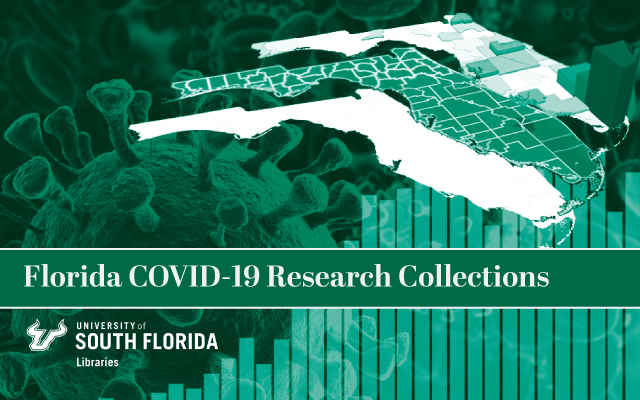
All publications
Document Type
Article
Publication Date
3-2021
Keywords
attribution, COVID, detection, fingerprint, large ensembles, ocean carbon
DOI
https://doi.org/10.1029/2020GL092263
Abstract
The decline in global emissions of carbon dioxide due to the COVID‐19 pandemic provides a unique opportunity to investigate the sensitivity of the global carbon cycle and climate system to emissions reductions. Recent efforts to study the response to these emissions declines has not addressed their impact on the ocean, yet ocean carbon absorption is particularly susceptible to changing atmospheric carbon concentrations. Here, we use ensembles of simulations conducted with an Earth system model to explore the potential detection of COVID‐related emissions reductions in the partial pressure difference in carbon dioxide between the surface ocean and overlying atmosphere (ΔpCO2), a quantity that is regularly measured. We find a unique fingerprint in global‐scale ΔpCO2 that is attributable to COVID, though the fingerprint is difficult to detect in individual model realizations unless we force the model with a scenario that has four times the observed emissions reduction.
The COVID‐19 pandemic is slowing the rate of fossil fuel use, and thus impacting the carbon dioxide concentration in the atmosphere. Here we explore what this change in fossil fuel use does to carbon in the ocean. We use a climate model to estimate the change in ocean‐atmosphere carbon exchange and ocean acidity. Since we don’t yet know how much we will slow our fossil fuel use due to COVID, we make several informed guesses and see how our model ocean responds to each. We use the model to investigate whether the change that we model would be detectable in real world observations. We find that it is nearly impossible to detect a COVID‐related change in ocean acidity with observations. It might be possible to detect a COVID‐related change in ocean‐atmosphere carbon exchange, but only if we use the most extreme guess, and only if we have enough observation stations in place to record it.
Rights Information
Citation / Publisher Attribution
Geophysical Research Letters, v. 48, issue 6, art. e2020GL092263
© 2021. American Geophysical Union. All Rights Reserved.
Scholar Commons Citation
Lovenduski, Nicole S.; Swart, Neil C.; Sutton, Adrienne J.; Fyfe, John C.; McKinley, Galen A.; Sabine, Christopher; and Williams, Nancy L., "The Ocean Carbon Response to COVID‐Related Emissions Reductions" (2021). All publications. 89.
https://digitalcommons.usf.edu/usf_fcrc_all/89

